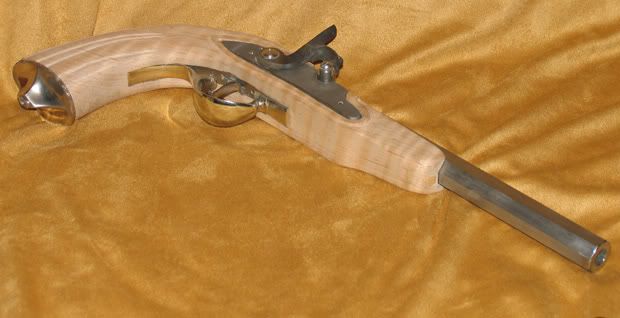Zonie-
It looked like you got some grief about not using pewter, so I did some research.
Cerrobend contains 50 percent bismuth, 26.7 lead, 13.3 tin, and 10 percent cadmium.
Lead free pewter contains 92 percent tin, 7.75 antimony, and .25 percent copper.
Cerrobend melts at 158 degrees, while lead free pewter flows at 525 to 625 degrees.
So, basically to get the pewter to flow at a temperature that would not char the wood would require some adjustments to the alloy. At that point, your "pewter" might not be pewter at all! Tin by itself melts at 425 degrees.
While it may not be "pewter" Cerrobend is A-Ok in my book.
Also, if you subjected the rifle with enough heat to melt the nosecap, the cap would probably be the least of your worries. Also the heat would have to absolutely saturate that mofrack.
TOWT sells a kit, do you have any experience with it? Rabbit03 had some trouble with it on his awesome Vincent.
:thanks:






